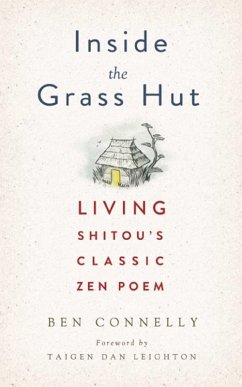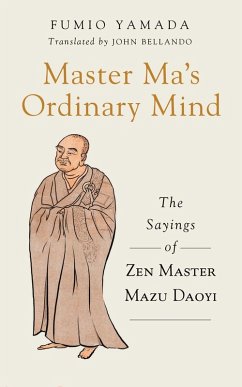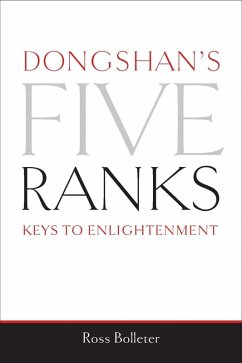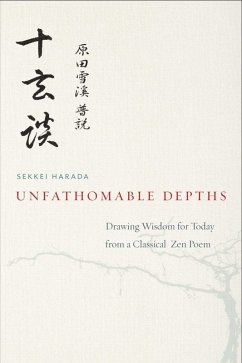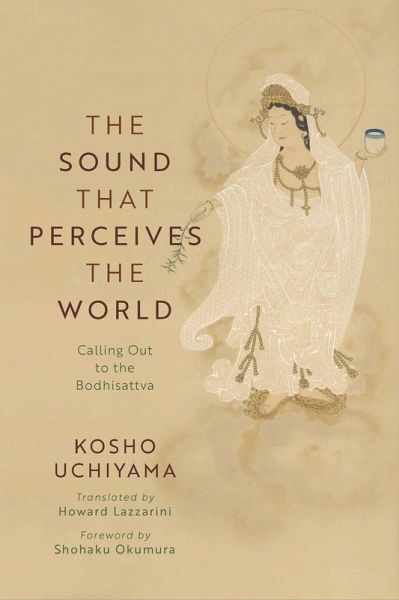
The Sound That Perceives the World (eBook, ePUB)
Calling Out to the Bodhisattva

PAYBACK Punkte
0 °P sammeln!
Musings and autobiographically informed commentary on the human condition through the lens of the Kannon-gyochapter 25 of the Lotus Sutraconnecting Zen and Pure Land Buddhism through the practice of venerating and chanting the names of buddhas and bodhisattvas. The Kannon-gyo is chapter 25 of the Lotus Sutra, and its focus is the bodhisattva of compassion, Avalokiteshvara, known in China as Guanyin, and in Japan as Kannon or Kanzeon. The text describes the many ways in which calling out the bodhisattva's nameNamu Kanzeon Bosatsucan relieve suffering. Most schools of Zen Buddhism, and especiall...
Musings and autobiographically informed commentary on the human condition through the lens of the Kannon-gyochapter 25 of the Lotus Sutraconnecting Zen and Pure Land Buddhism through the practice of venerating and chanting the names of buddhas and bodhisattvas. The Kannon-gyo is chapter 25 of the Lotus Sutra, and its focus is the bodhisattva of compassion, Avalokiteshvara, known in China as Guanyin, and in Japan as Kannon or Kanzeon. The text describes the many ways in which calling out the bodhisattva's nameNamu Kanzeon Bosatsucan relieve suffering. Most schools of Zen Buddhism, and especially the Soto school, eschew such practices as chanting the names of buddhas and bodhisattvas, along with venerating such figures. The eminent Soto Zen master Kosho Uchiyama Roshi, however, while doing hard physical labor early in his career, could not practice zazenthat is, formal sitting meditation. He came to appreciate the Kannon-gyo and the practices related to it. In particular, he took to reciting Kannon's name, as recommended in the text of the Kannon-gyo. Later in life, Uchiyama Roshi suffered from illness that again prevented him from practicing formal Zen, so he returned to the Kannon-gyo and the practice of chanting. He went so far as to assert that chanting Kannon's name is completely equivalent to zazen, that the two practices are simply two sides of the same coina revolutionary idea seemingly at odds with Zen. Chanting practice is especially accessible, as it can be done while working, traveling, or suffering from illness, and other activities that would ordinarily get in the way of formal Zen practice. With these practices, the Kannon-gyo, and Kannon herself as a backdrop, Uchiyama Roshi muses about the purposes of religion, the goals of religious practice, and the meaning of enlightenmentand their relation to suffering itself.
Dieser Download kann aus rechtlichen Gründen nur mit Rechnungsadresse in A, B, BG, CZ, D, DK, EW, E, FIN, F, GR, HR, H, I, LT, L, LR, NL, PL, P, R, S, SLO, SK ausgeliefert werden.



